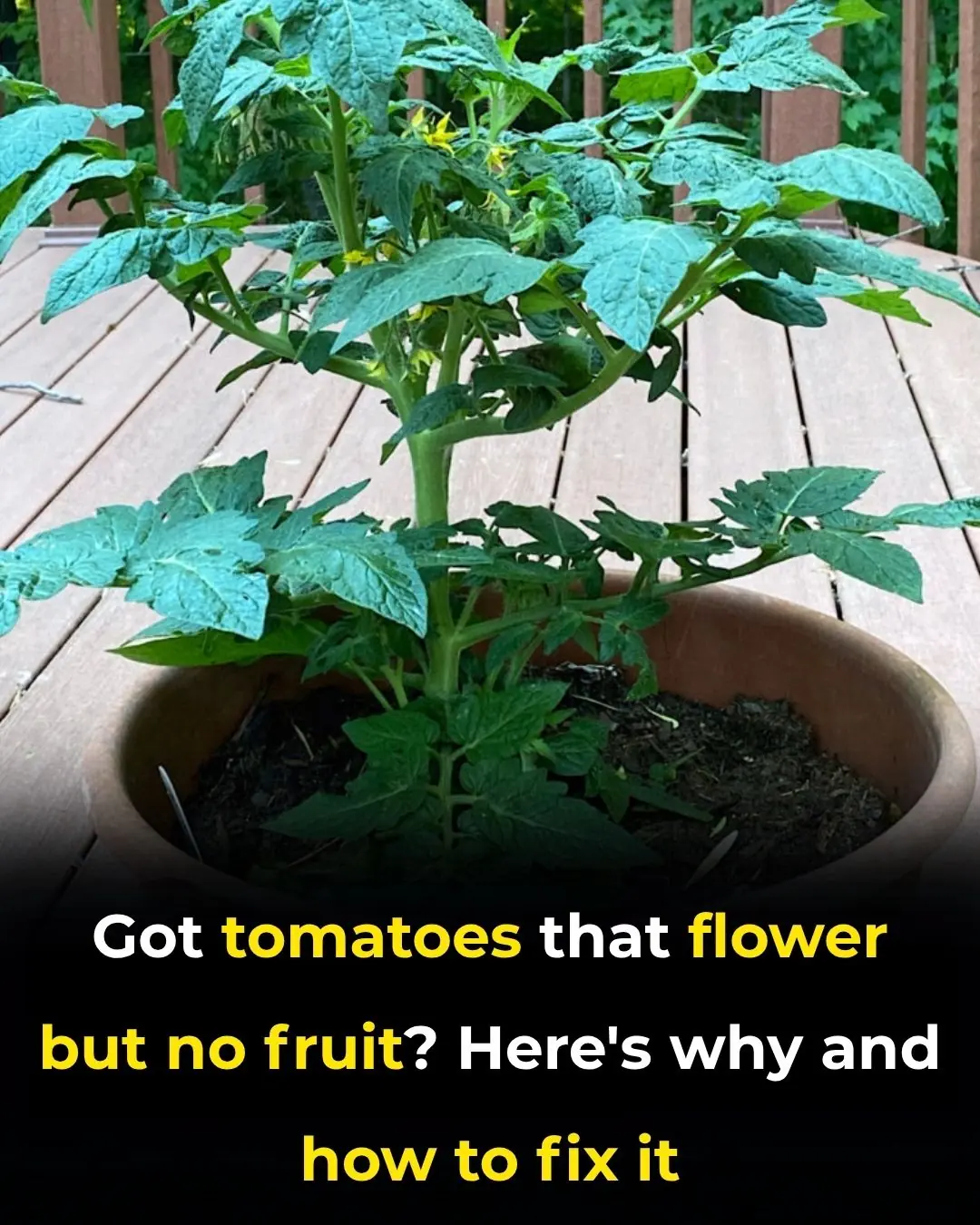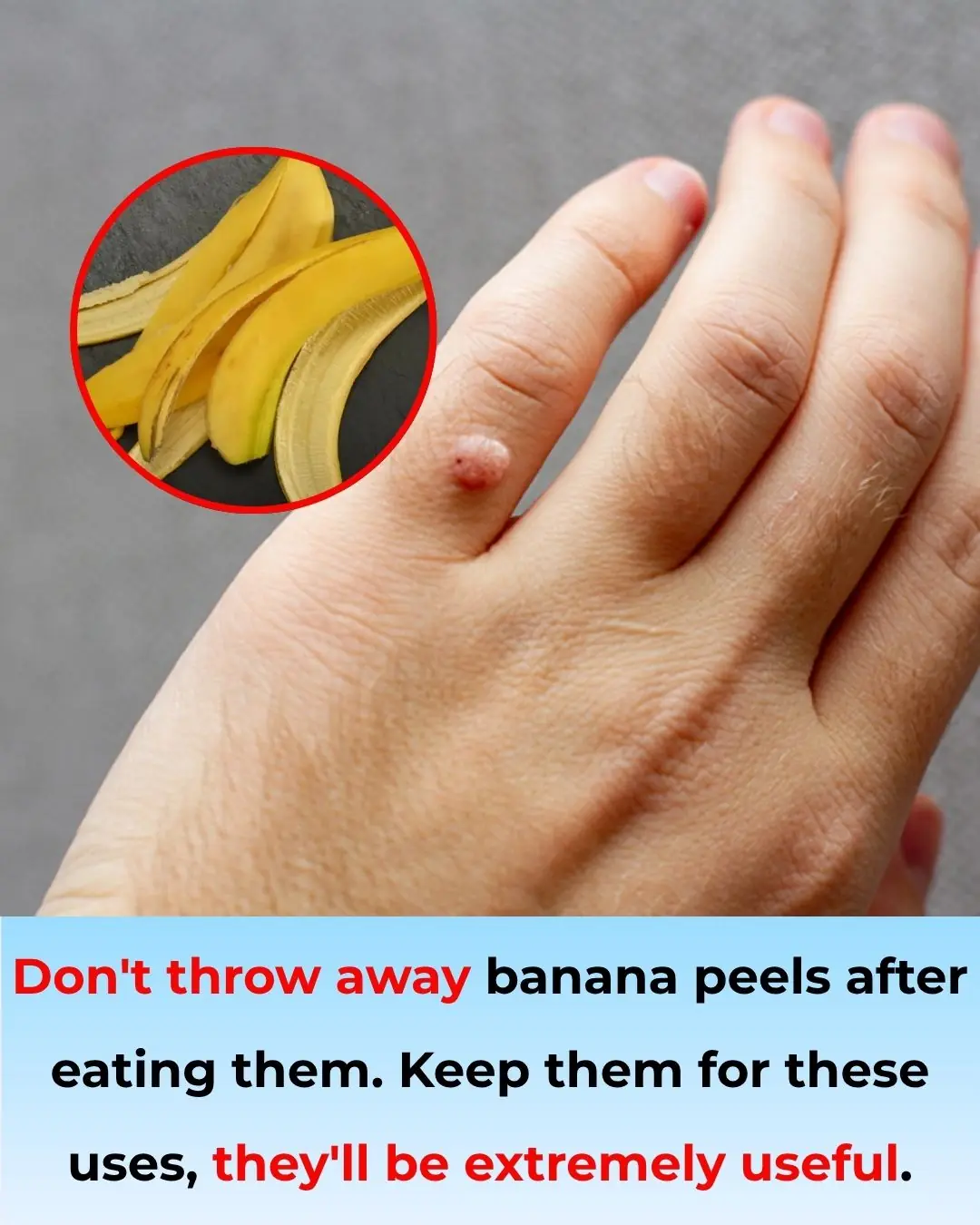
Lard or Vegetable Oil: Which Is Better? Many People Still Misunderstand This Common Cooking Question
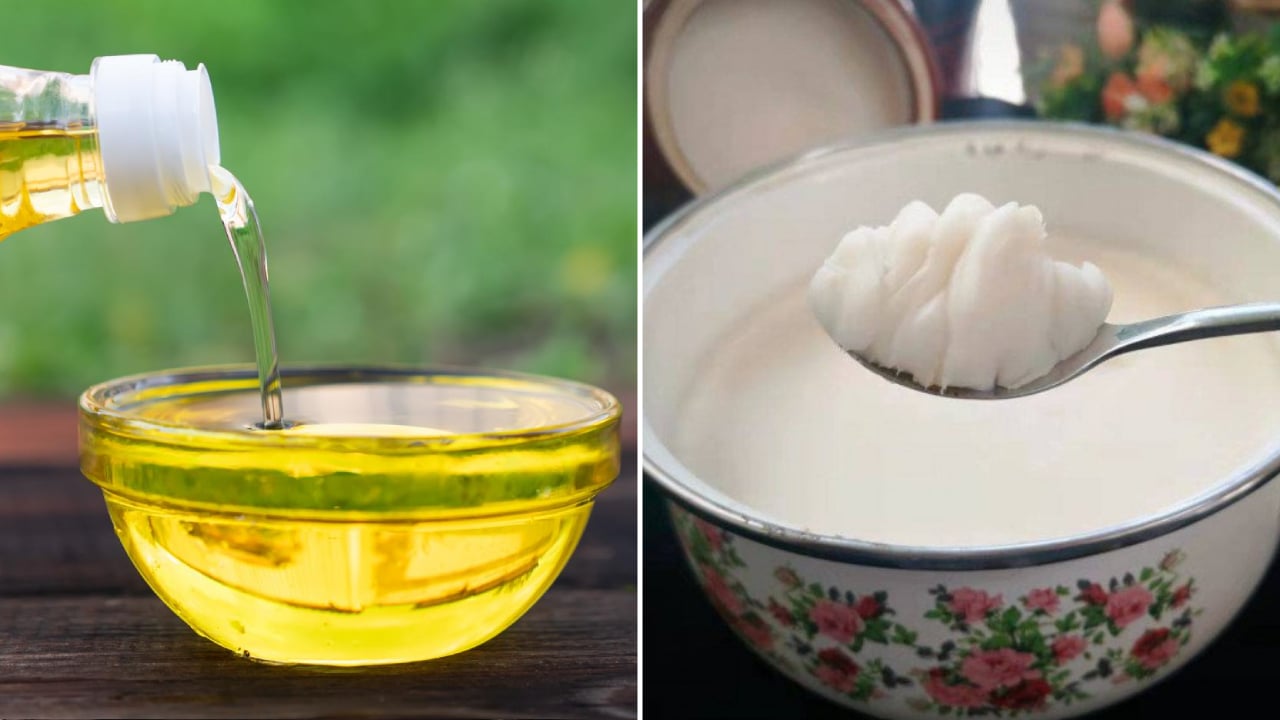
Lard and cooking oil are both essential fats in everyday cooking. They enhance the aroma and texture of food, making dishes more flavorful. Yet, a long-standing debate remains: Is lard really worse for your health than vegetable oil? Many people automatically assume that eating lard makes you fatter, but the truth is more complex.
The Basics: Both Are Fat, but Not the Same Kind
Both lard and cooking oil are primarily composed of fatty acids, which are a vital source of energy for the human body. However, they differ significantly in their composition and health effects.
-
Vegetable oil is rich in unsaturated fatty acids and contains vitamins E and K, which support heart health and act as antioxidants. It is also cholesterol-free, making it a popular choice among people watching their lipid levels.
-
Lard, on the other hand, provides valuable vitamins B and D, as well as minerals that help the body absorb calcium more efficiently. It also contains certain compounds that play a role in forming the protective myelin sheath around nerve cells—something plant-based oils cannot provide.
Fats are often misunderstood. Many people believe they should avoid them altogether, but a low-fat diet can actually be harmful — especially for children. Fat is essential for absorbing fat-soluble vitamins (A, D, E, and K). Without enough healthy fats, children may face growth delays, reduced appetite, and even rickets.
Misconceptions About Fat and Weight Gain
It’s a common myth that eating lard automatically leads to obesity, while vegetable oils are “safe.” The truth is, calories are calories — both oils and lard provide about 9 calories per gram. What really matters is how much you consume and how your body metabolizes different types of fat.
Used in moderation, both lard and vegetable oil can be part of a healthy, balanced diet. The key is to understand their strengths and weaknesses and to use each one appropriately.
Pros and Cons of Each
🥩 Lard (Animal Fat)
Advantages:
-
Contains saturated fats that provide stability when exposed to high heat.
-
Ideal for deep frying or baking, as it resists oxidation and produces fewer harmful compounds than many vegetable oils.
-
Naturally contains fat-soluble vitamins and nutrients beneficial for nerve and brain function.
Disadvantages:
-
High in saturated fat, which can increase LDL (“bad”) cholesterol levels if consumed excessively.
-
Can be calorie-dense, so portion control is important.
🌻 Vegetable Oil (Plant-Based Fat)
Advantages:
-
Rich in polyunsaturated and monounsaturated fats, which can help lower overall cholesterol.
-
Provides vitamin E, an antioxidant that supports skin and immune health.
-
Works well for light sautéing and salad dressings.
Disadvantages:
-
Some types (like soybean or corn oil) have imbalanced omega-3 and omega-6 ratios, which may promote inflammation when consumed excessively.
-
Easily oxidizes under high heat, producing harmful compounds and an unpleasant burnt smell.
-
Reusing heated oil repeatedly increases the risk of toxic byproducts and trans fat formation.
The Best Approach: Combine Them Wisely
Instead of completely replacing one with the other, nutritionists recommend using a balanced mix of lard and vegetable oil depending on your cooking needs.
-
For high-heat dishes (deep-frying, stir-frying), lard is the better choice because it’s more heat-stable.
-
For low-heat or cold dishes (salads, gentle sautéing), vegetable oil is ideal for preserving nutrients.
For children, experts suggest a ratio of about 70% lard to 30% vegetable oil, as animal fats support better nutrient absorption and brain development.
Important Cooking Tips
-
Maintain the correct cooking temperature to preserve nutrients and prevent harmful oxidation:
-
Frying: 160–180°C (320–356°F)
-
Stir-frying: around 120°C (248°F)
-
Baking or roasting: up to 180°C (356°F)
-
-
Never reuse cooking oil or lard too many times. Each reuse increases the concentration of oxidized fats and carcinogenic compounds.
-
When stir-frying, start by sautéing aromatics like garlic or onions in lard to enhance flavor. Once the aroma develops, add your main ingredients, and finally drizzle in a spoonful of vegetable oil before finishing — this keeps the dish light but tasty.
Final Thoughts
Both lard and vegetable oil have been unfairly labeled as “good” or “bad” depending on the health trend of the decade. In reality, balance and proper use are what matter most.
Used correctly, lard can make your food crispier and more flavorful without compromising health, while vegetable oil offers essential nutrients and heart-friendly fats. By combining them smartly — and cooking at the right temperatures — you can enjoy the best of both worlds: great taste and long-term wellness.
News in the same category


Wooden Cutting Board Mold and Odor? Soak It in This “Solution” and It Will Be Spotless

Clogged Toilet? Try This Simple Trick and It’ll Flush Smoothly in Just 5 Minutes — No Plumber Needed

Air Conditioner Blows Air but Doesn’t Cool? Try This Simple Fix Before Calling a Technician
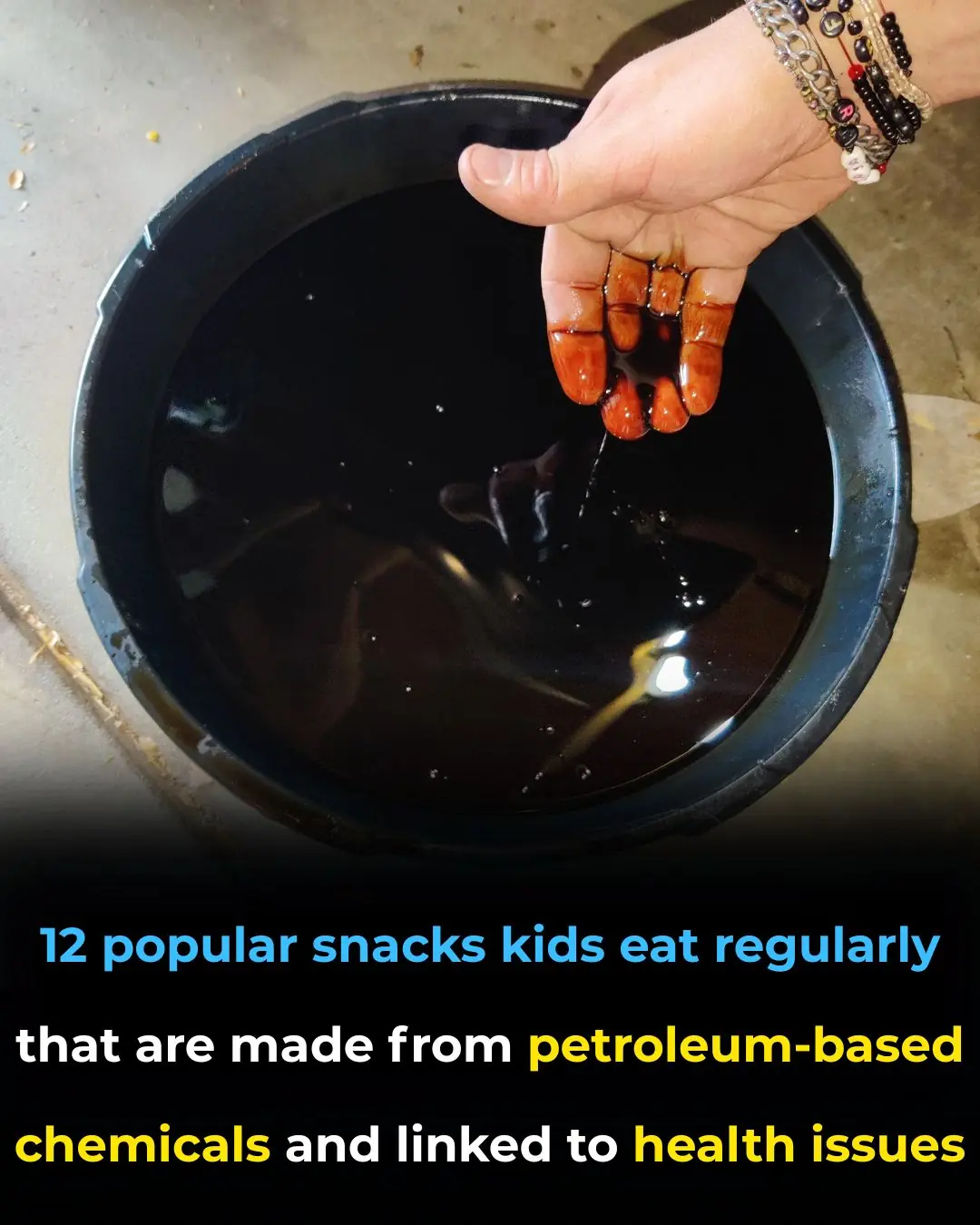
I had no idea about this
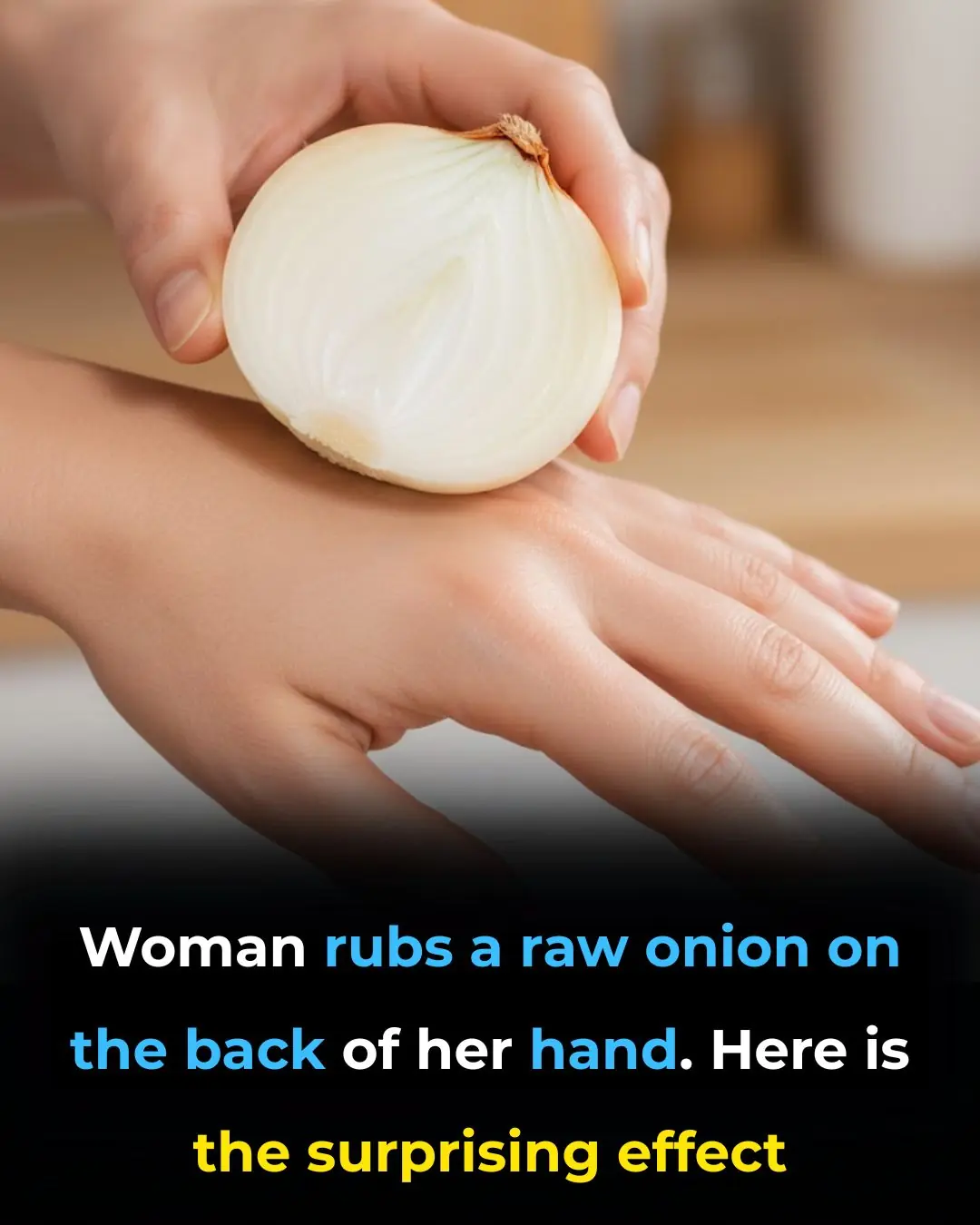
I had no clue about this

Put lemon and baking soda in a glass and place it in a room you frequent. Here’s why
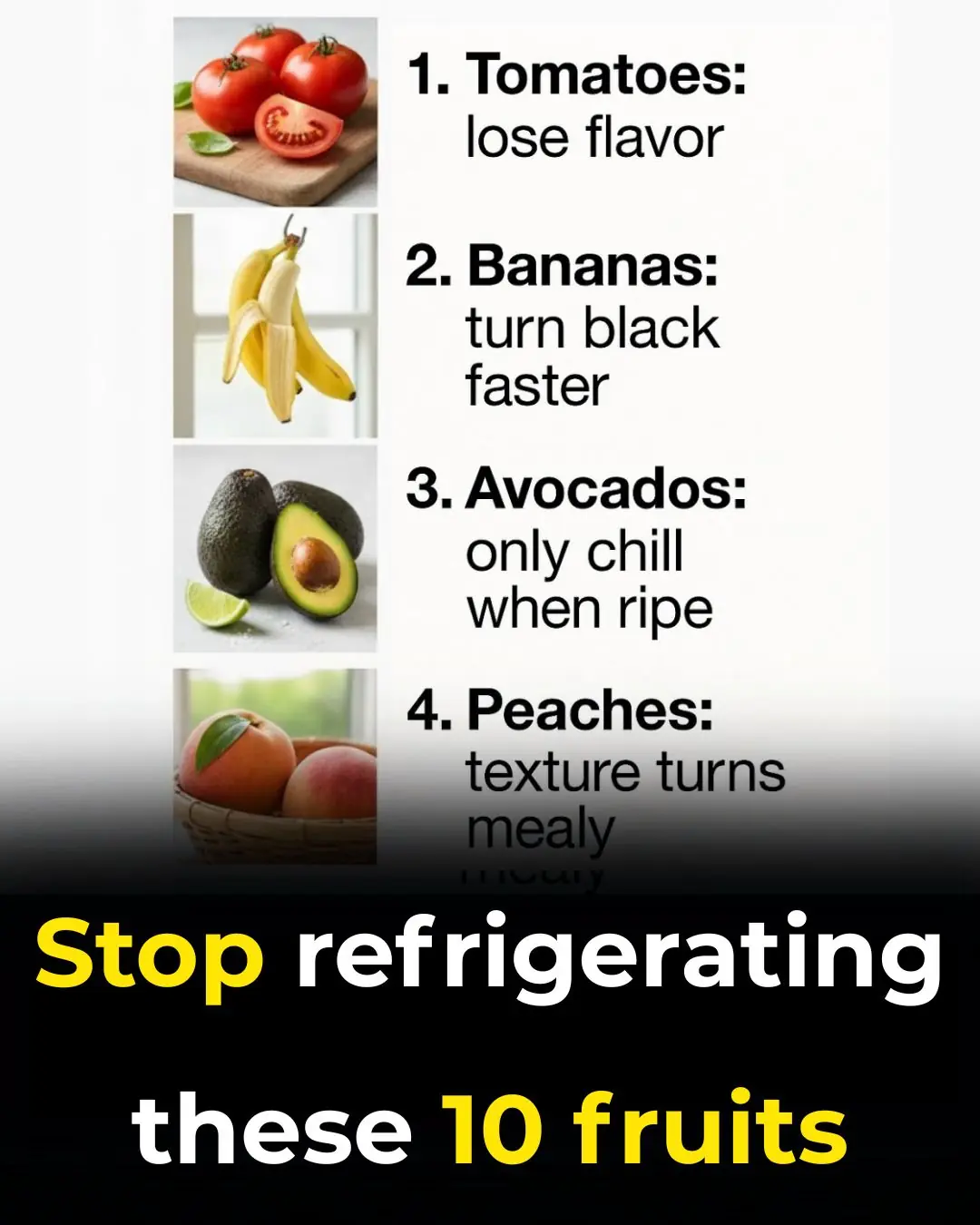
Stop refrigerating these 10 fruits

The volume buttons on your phone aren't just for sound.

The mop soaks this into the water.
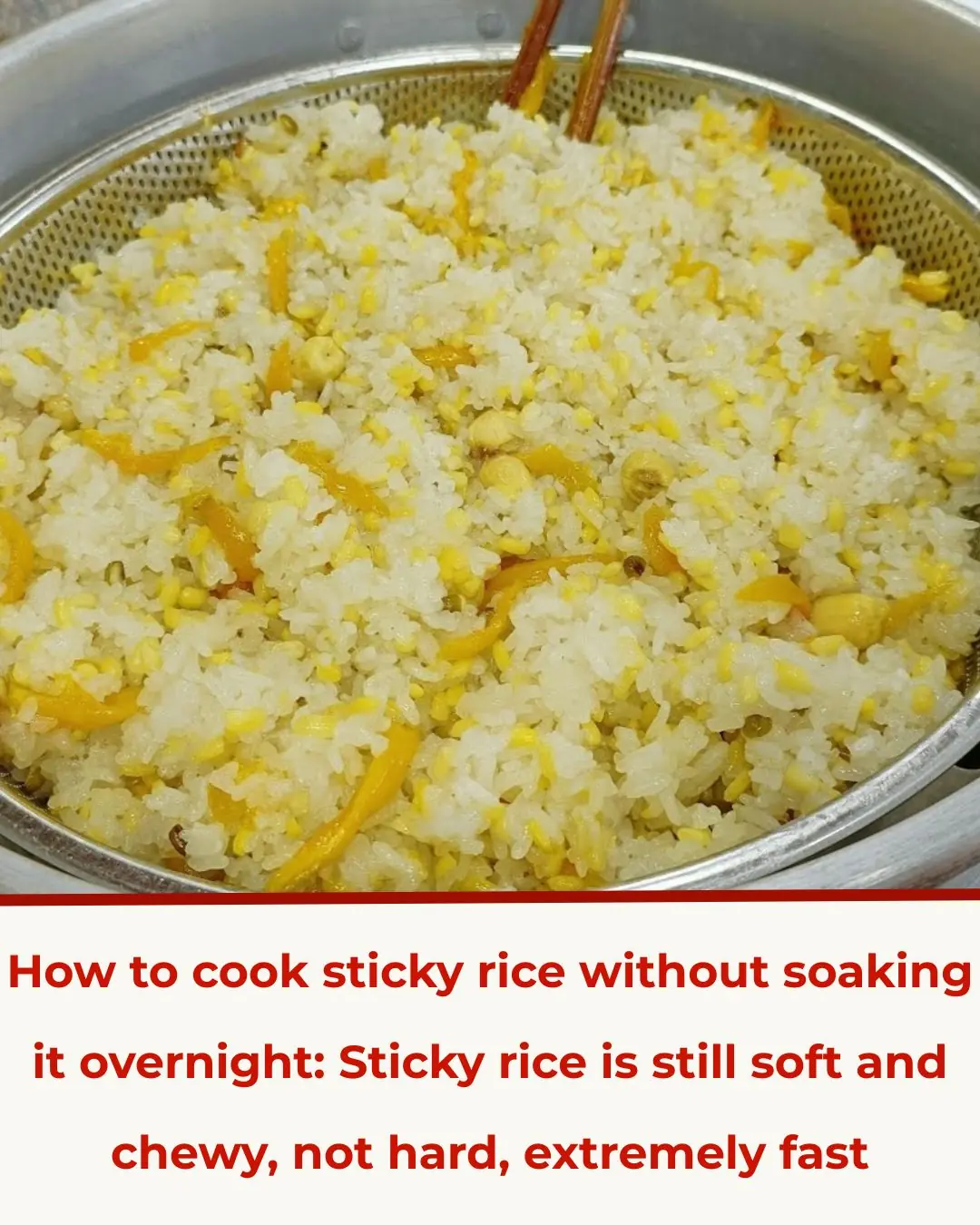
How to cook sticky rice without soaking the rice overnight
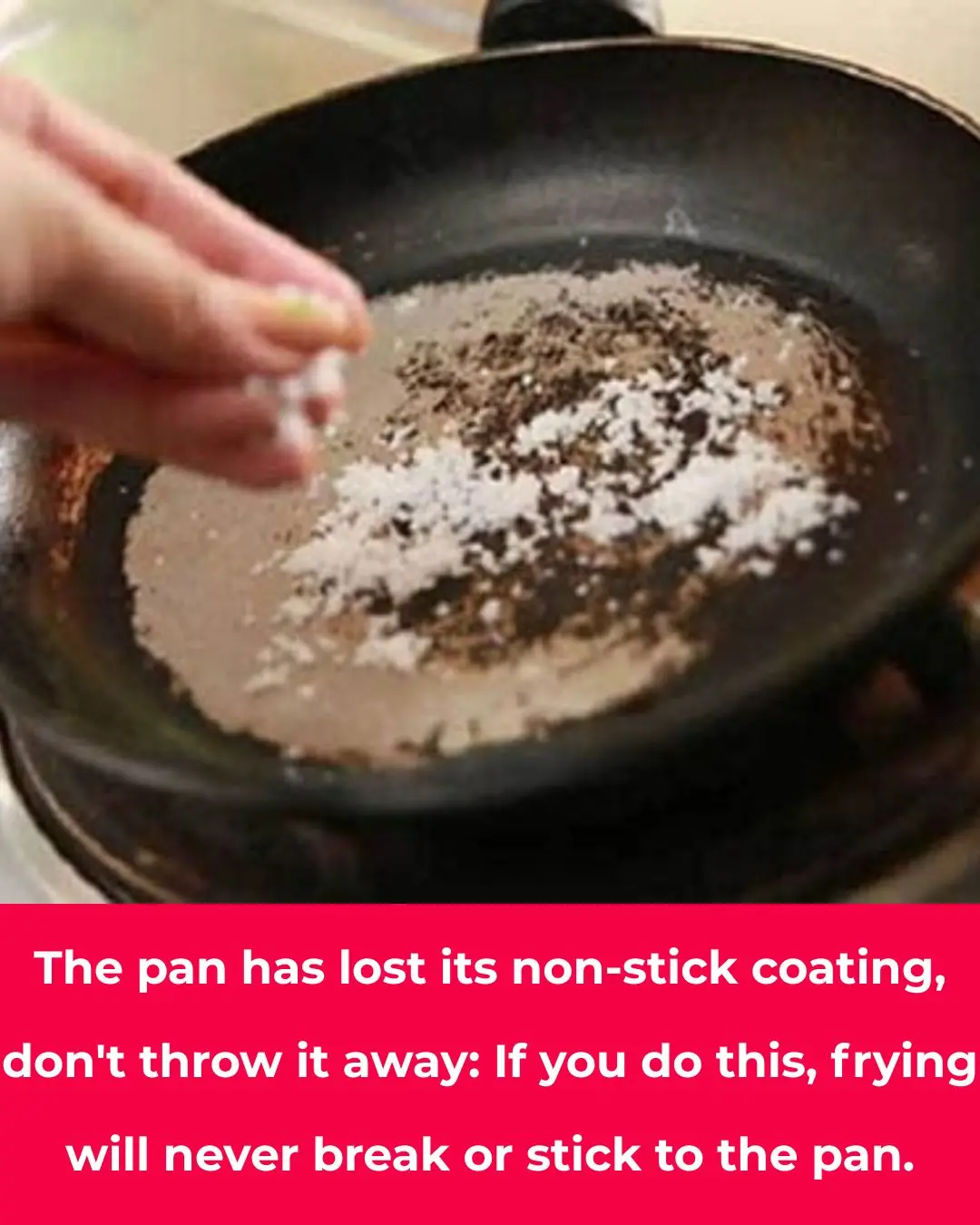
The pan has lost its non-stick coating, so don't throw it away

Boil green bananas this way

Why Flight Attendants Often Carry a Banana on Board: The Surprising Benefits
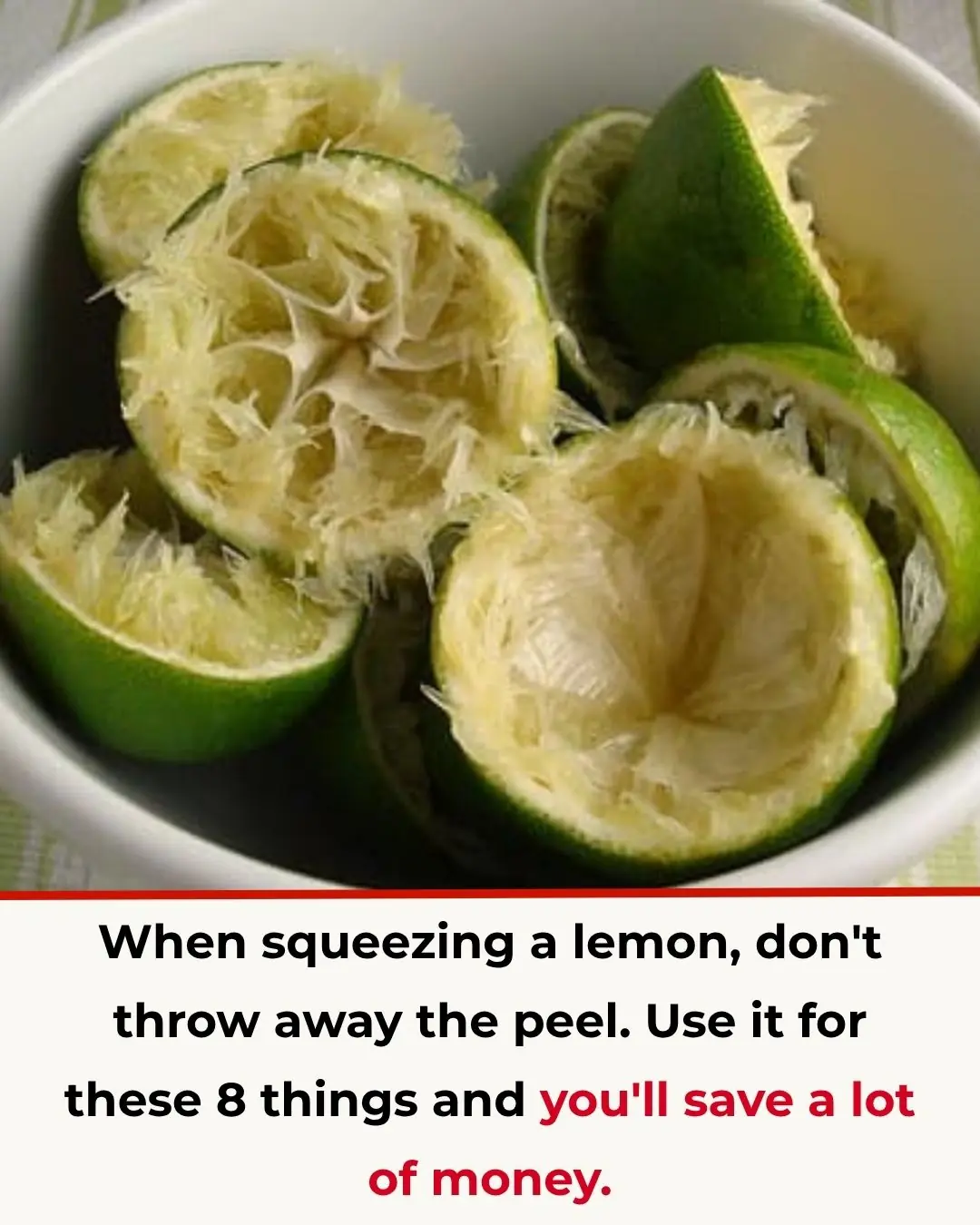
Don’t Toss Your Lemon Peels! 8 Smart Ways to Save Money and Make Life Easier

Why Sleeping in Socks Might Be the Secret to Better Sleep
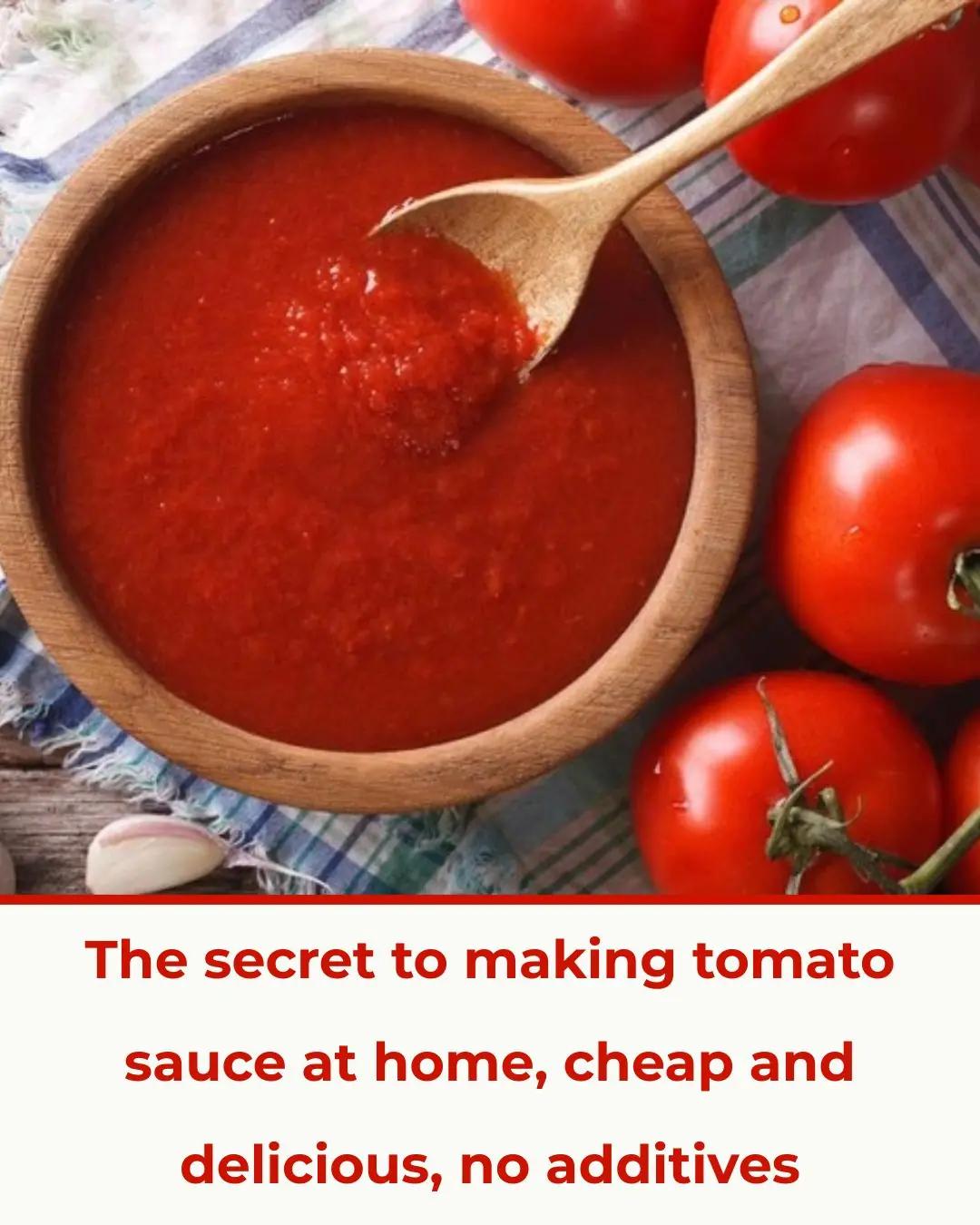
The secret to making your own tomato sauce at home

Throat Pain Leads to a Shocking Diagnosis: Man Discovers Late-Stage Stomach Cancer and Blames Two Hidden “Culprits” in His Kitchen

2 Signs of Kidney Damage: Morning Urine Showing These Signs Means You Should See a Doctor Immediately
News Post

Senna Alexandrina: 7 Benefits and uses

Ginger and Orange Detox Drink – Cleanse Kidneys, Liver, and Lungs Naturally
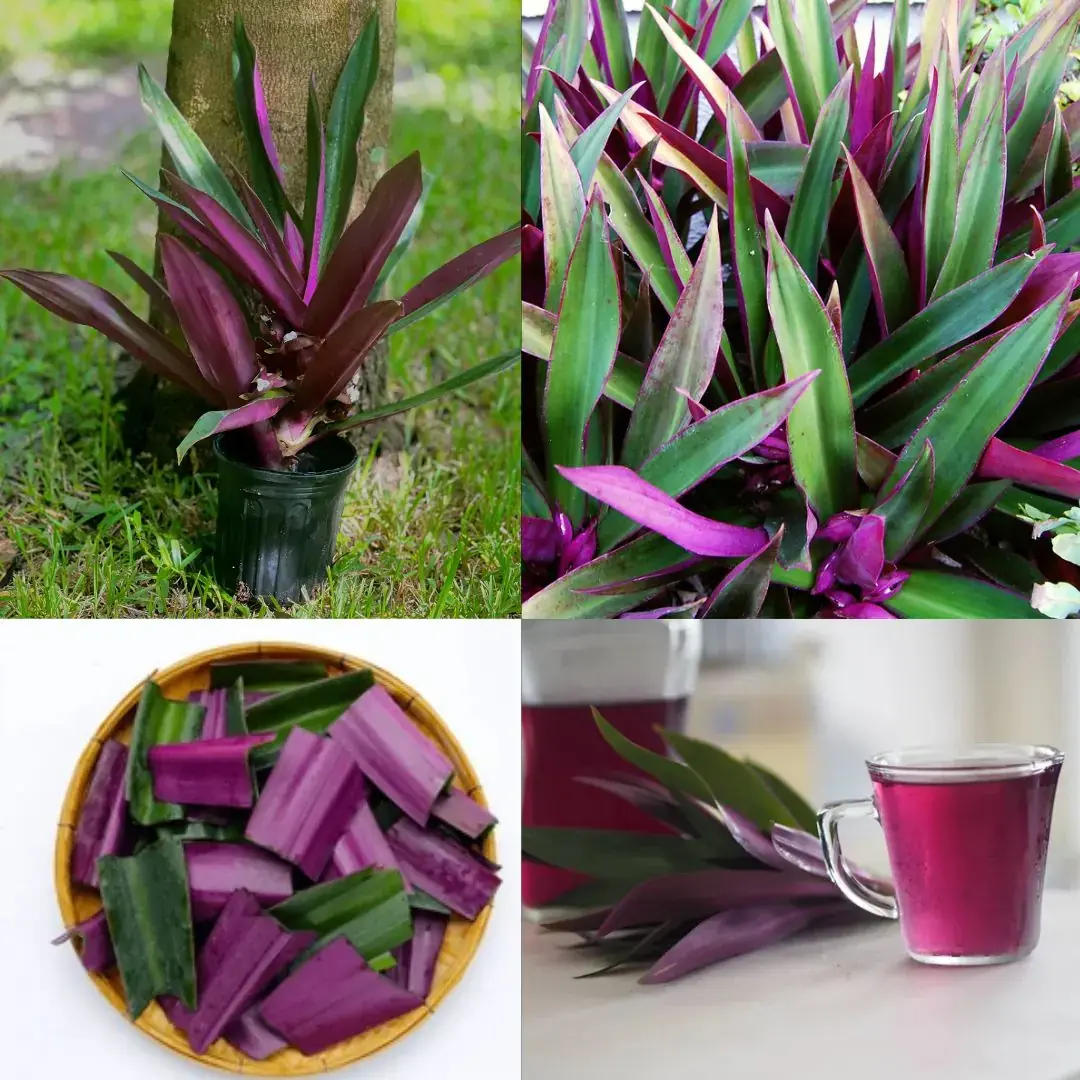
The Purple Maguey Plant — Benefits and Traditional Uses

Don’t Throw Away Banana Peels! Keep Them for These Surprisingly Useful Purposes

Wooden Cutting Board Mold and Odor? Soak It in This “Solution” and It Will Be Spotless

Clogged Toilet? Try This Simple Trick and It’ll Flush Smoothly in Just 5 Minutes — No Plumber Needed

Air Conditioner Blows Air but Doesn’t Cool? Try This Simple Fix Before Calling a Technician

I had no idea about this

Majority Don’t Know What This Sign Means

I had no clue about this

Have $2 bills? Their value might surprise you!

Put lemon and baking soda in a glass and place it in a room you frequent. Here’s why
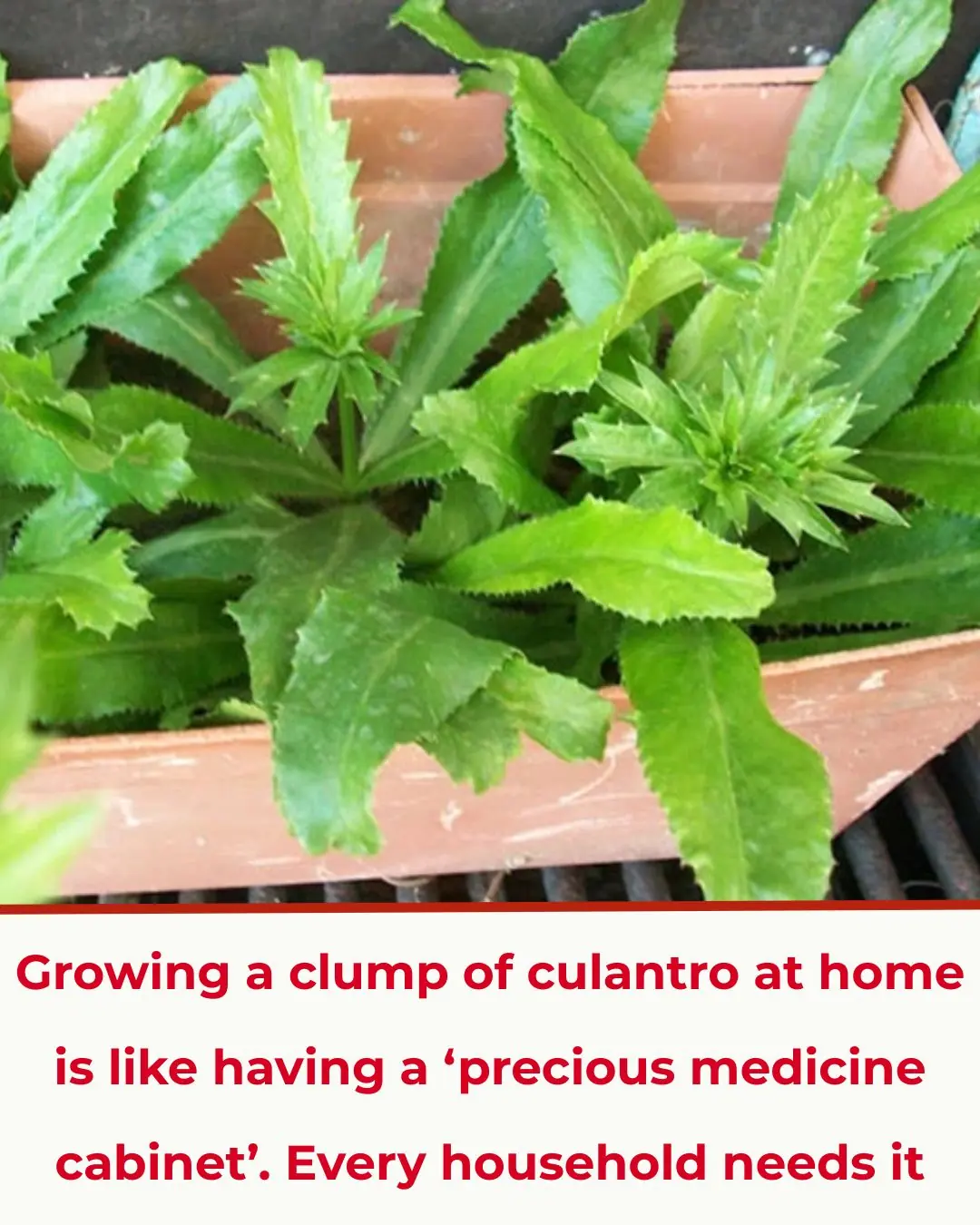
You’re Doing It All Wrong: Here’s the Right Time to Pick Tomatoes
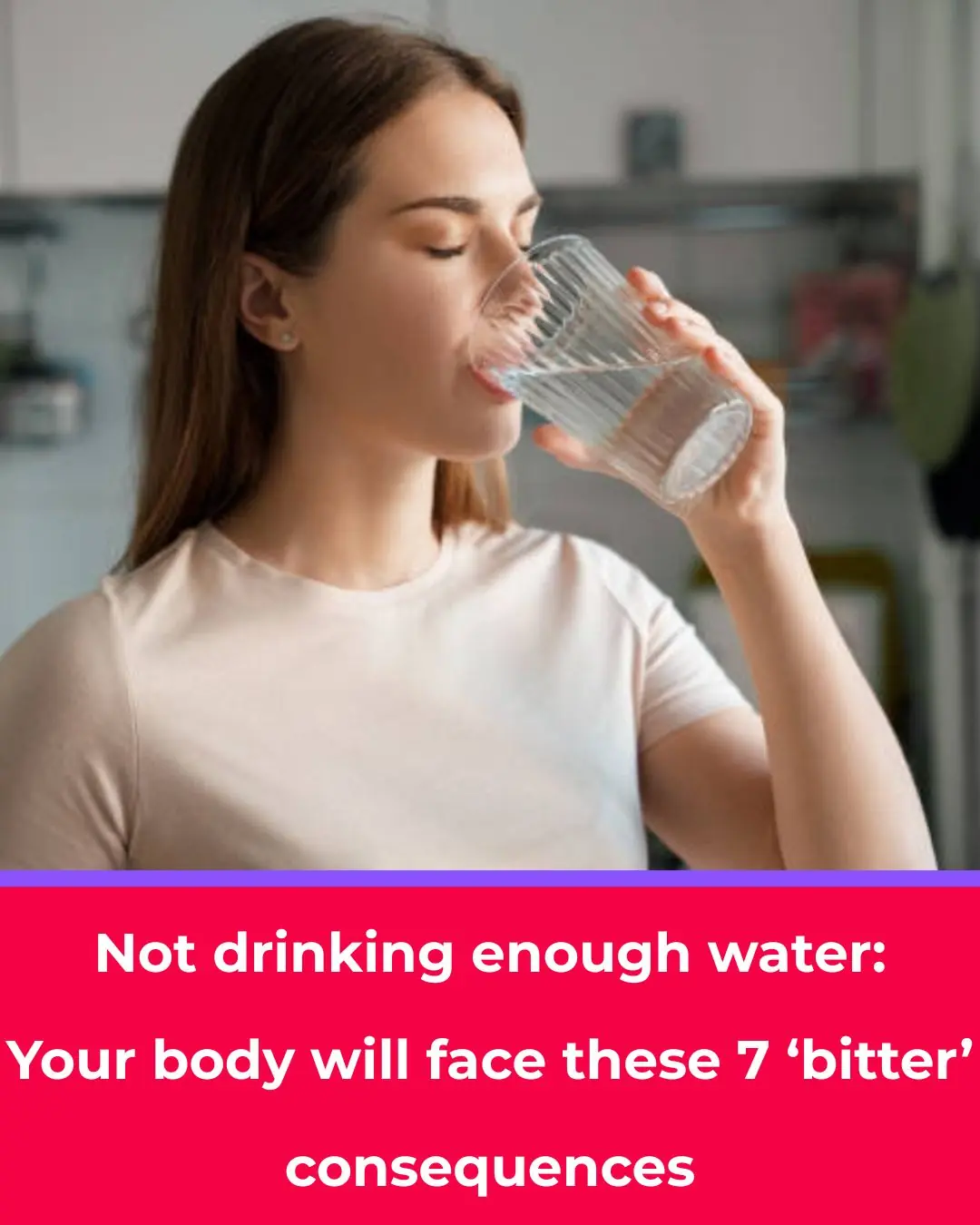
7 Health Problems That Can Arise If You’re Lazy About Drinking Water
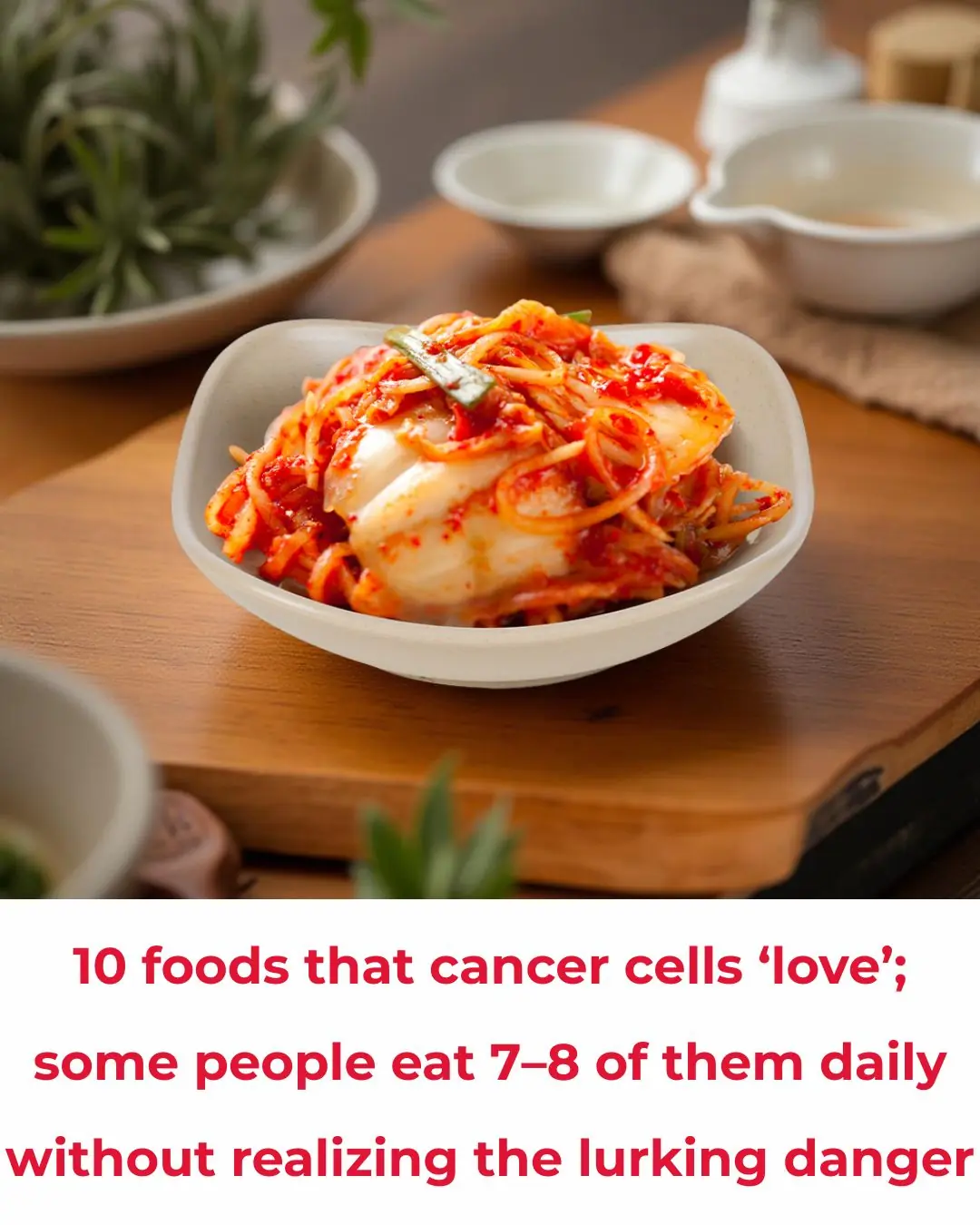
10 Foods Cancer Cells “Love” – and Why Eating Them Daily Could Be Risky
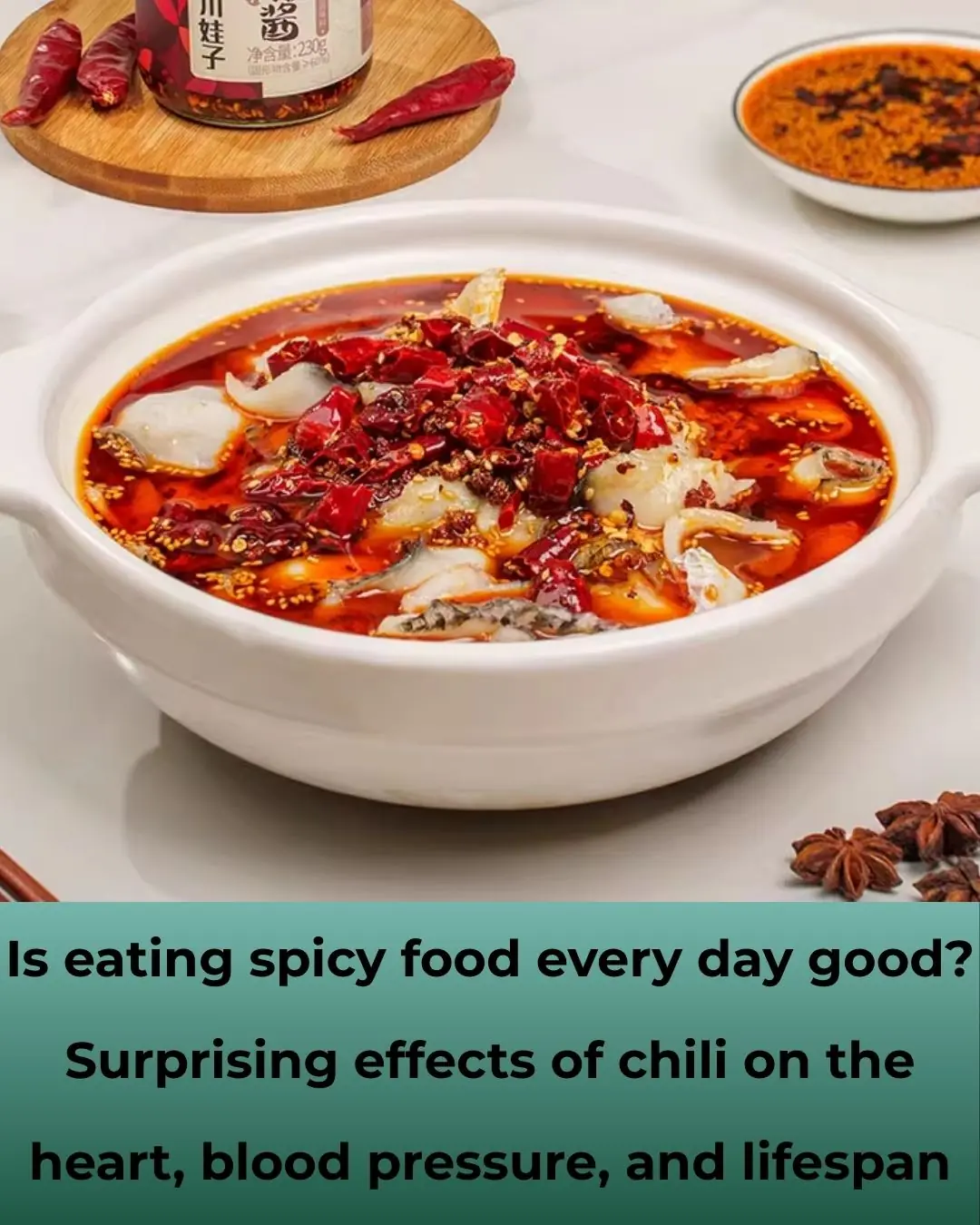
Is Eating Spicy Food Every Day Good for You? Surprising Effects of Chili on the Heart, Blood Pressure, and Longevity

If You’re a Gardener, Here’s Why You Should Collect as Many Pine Cones as You Can

You’re Doing It All Wrong. Here’s the Right Time to Actually Pick Tomatoes
